Curiosity Rover Updates
These updates are provided by self-selected Mars Science Laboratory mission team members who love to share what Curiosity is doing with the public. Dates of planned rover activities described in these reports are subject to change due to a variety of factors related to the Martian environment, communication relays and rover status.

Sols 4166-4167: A Garden Full of Rocks
Earth planning date: Wednesday April 24, 2024 Here on Earth (in Toronto, specifically), it’s a very typical April which can’t quite make up its mind about whether or not it wants to be spring. On Mars (in Gale Crater), we’re…

Sols 4164-4165: What’s Around the Ridge-bend?
Earth planning date: Monday, April 22, 2024 Curiosity succeeded on a ~14 m drive along a bend in upper Gediz Vallis ridge (uGVR) to park next to “Pinnacle Ridge,” an outcrop of uGVR to the north. Benefitting from a…

Sols 4161-4163: Double Contact Science
Earth planning date: Friday, April 19, 2024 Curiosity has a three-sol weekend plan coming up as it makes progress along the edge of upper Gediz Vallis ridge. We have observations planned to investigate multiple bedrock targets with interesting rippled textures,…

Sols 4159-4160: A Fully Loaded First Sol
Earth planning date: Wednesday, April 17, 2024 Curiosity continues to make progress along the margin of upper Gediz Vallis ridge, investigating the broken bedrock in our workspace and acquiring images of the ridge deposit as the rover drives south. Today’s…

Sols 4157-4158: What is That??
Earth planning date: Monday, April 15, 2024 On most sols of planning, the science team does their best to balance collecting new observations of the “typical” with the “unusual.” The dividing line between those is subjective, but informed by the…
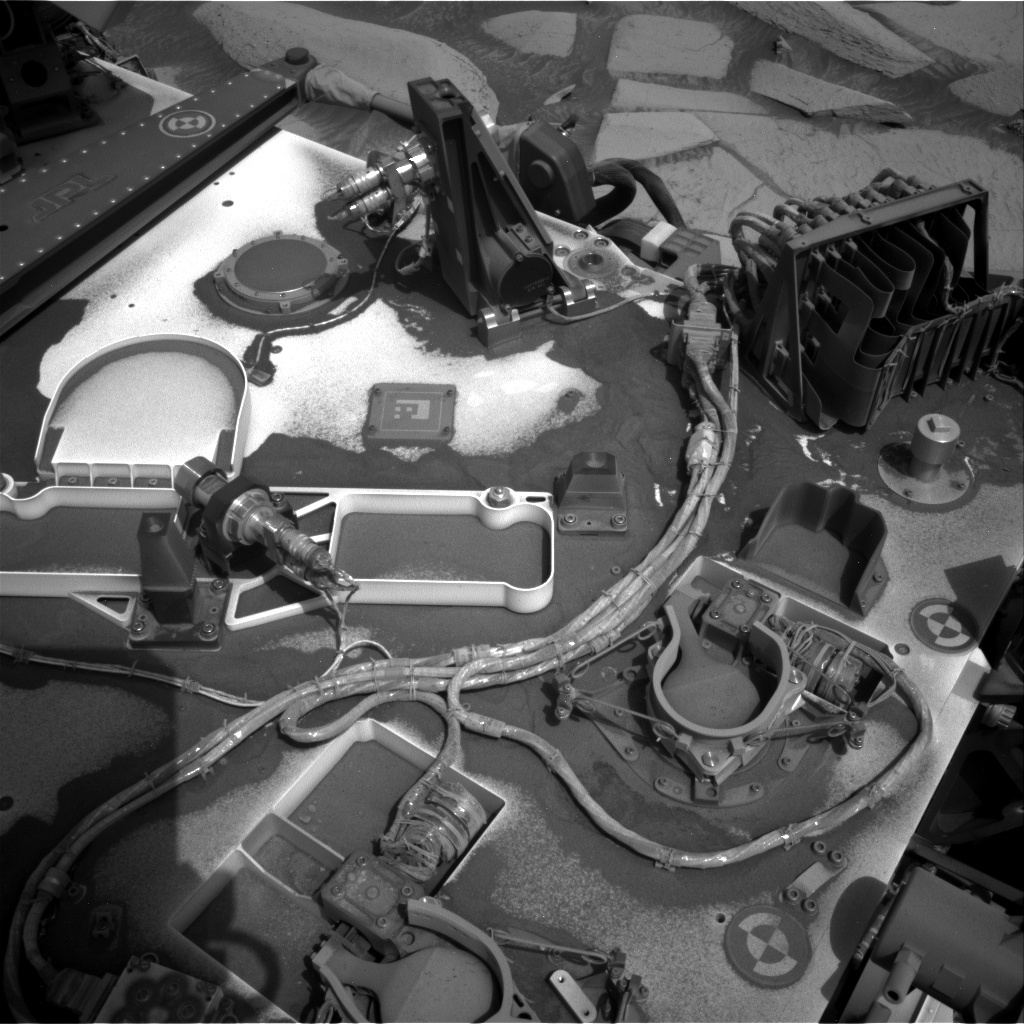
Sols 4154-4156: Bumpy Driving up the Mountain
Earth planning date: Friday, April 12, 2024 As we’ve continued to drive up into Gediz Vallis, the ground in front of us has become increasingly littered with large rocks sticking up out of the sand. While certainly good for geology,…
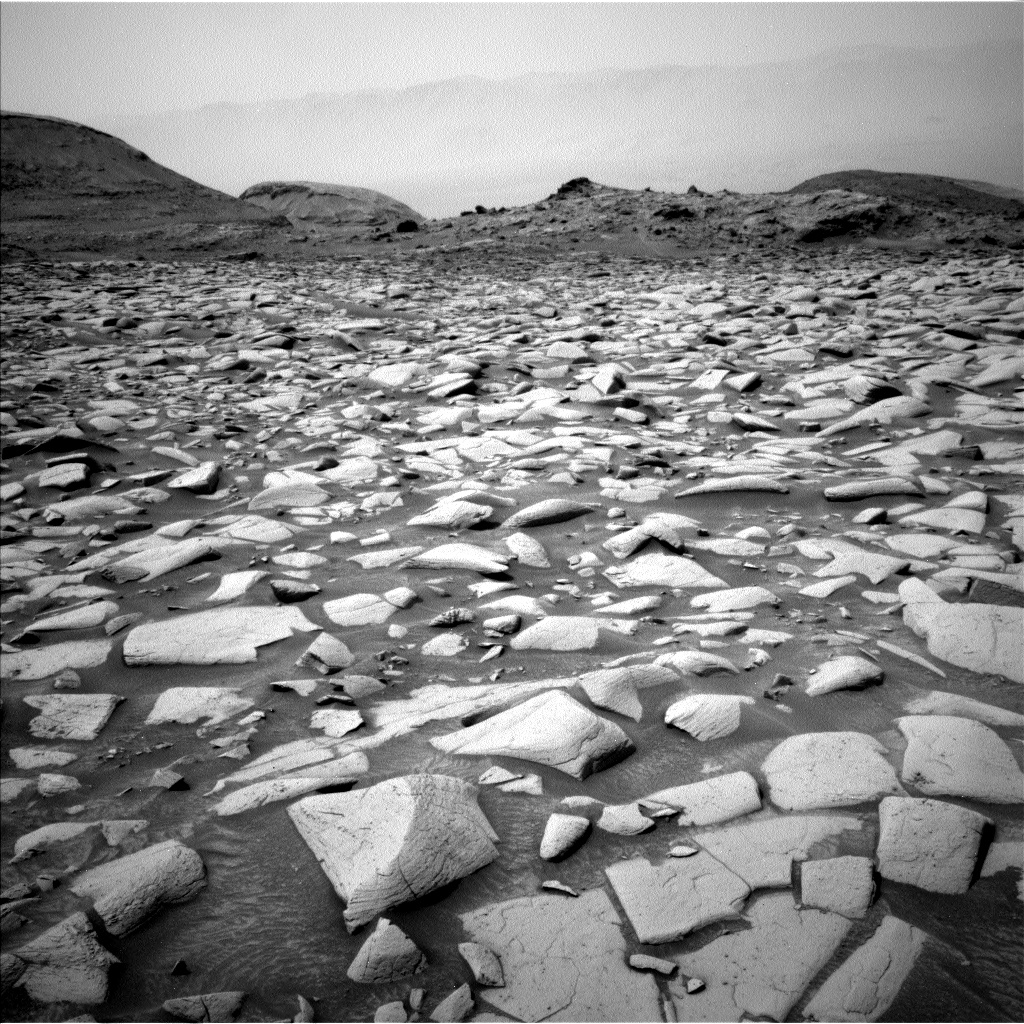
Sols 4152-4153: Musings on Eclipses on Mars and Earth
Earth planning date: Wednesday, April 10, 2024 The extremely rocky terrain wasn’t a problem for Curiosity’s rover drivers on Monday, and we learned this morning that the drive they planned completed successfully. Today’s two-sol plan will take the familiar form…
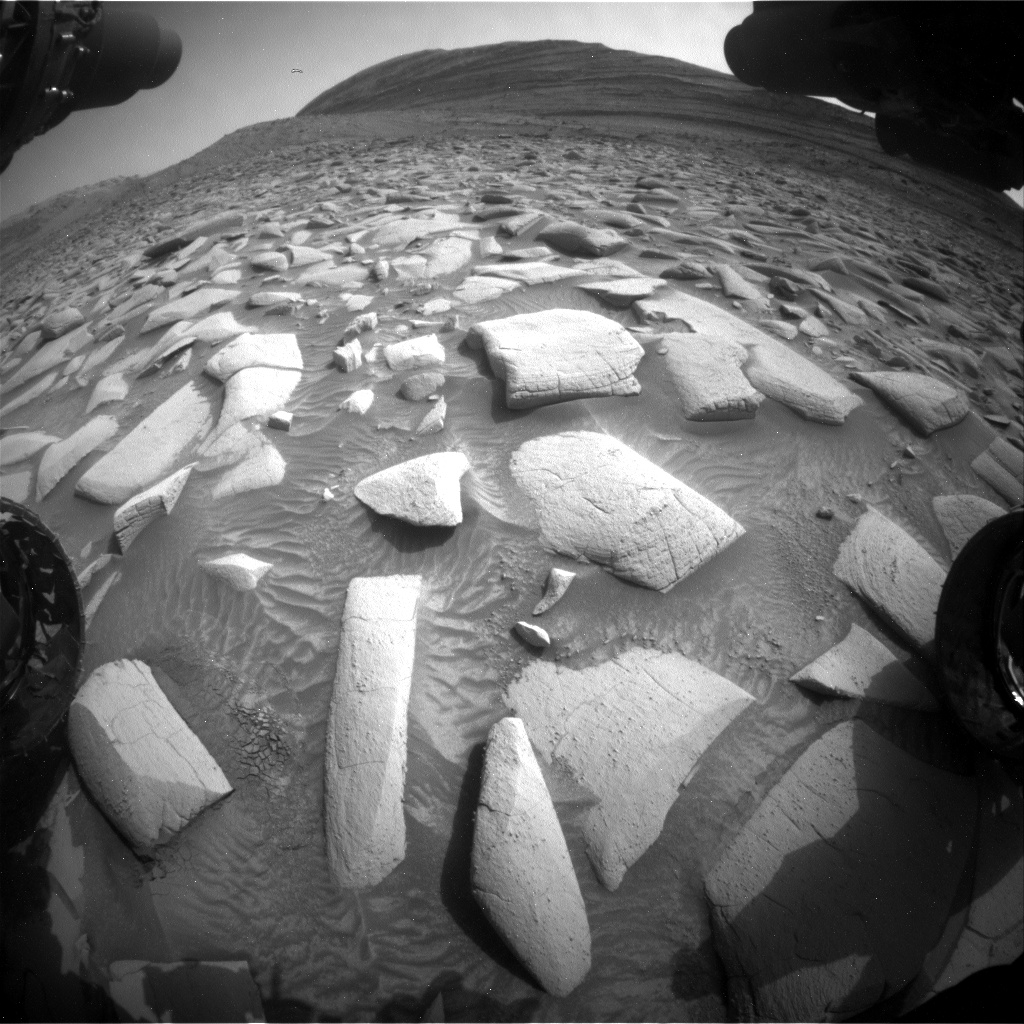
Sols 4150-4151: The Little Rock That Moved…
Earth planning date: Monday, April 8, 2024 It’s a rocky road out there (and solar eclipse day on Earth!). Regular readers of the blog will have noticed the terrain change, and the many rounded rocks that are appearing embedded in…
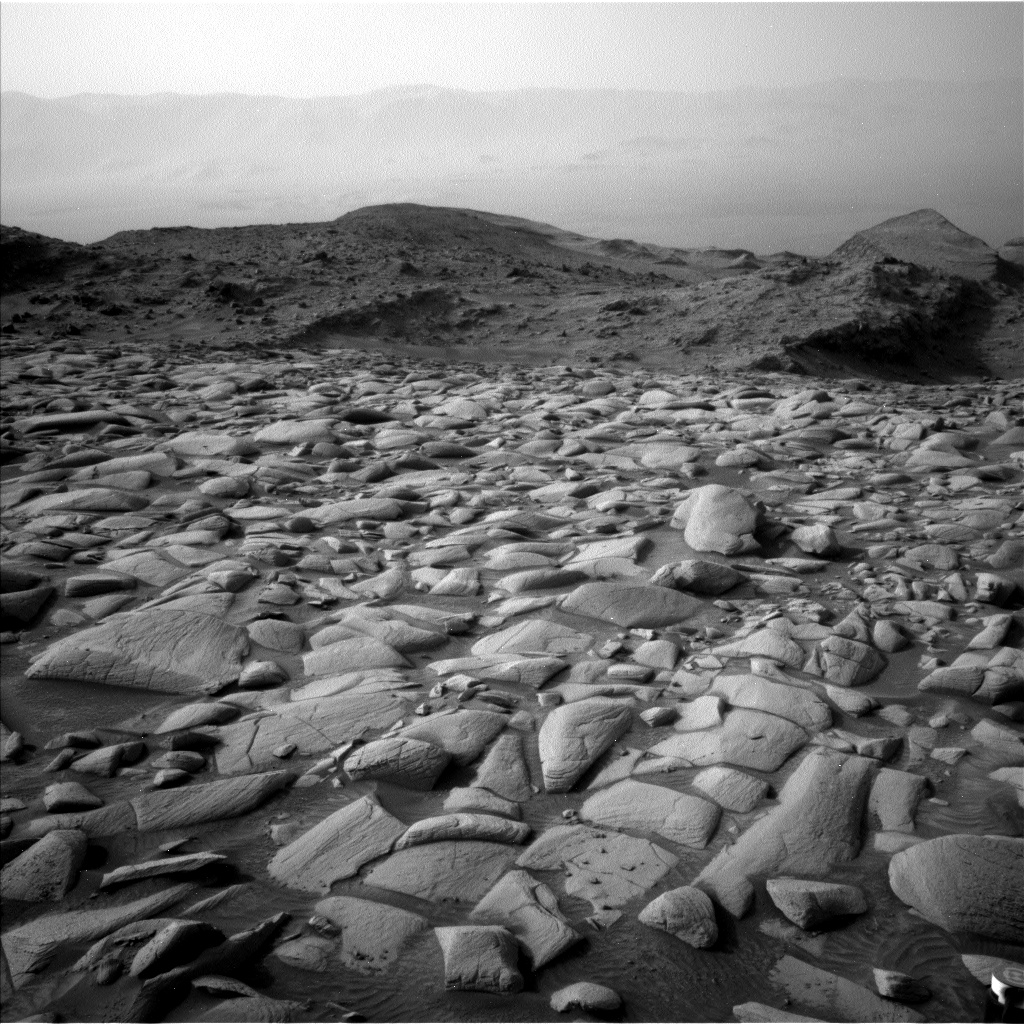
Sols 4148-4149: A Mastcam MegaMosaic
Earth planning date: Friday, April 5, 2024 Curiosity continues to drive south along the eastern margin of the upper Gediz Vallis ridge and will pause over the weekend for Mastcam to snap over 350 images that will be stitched together…
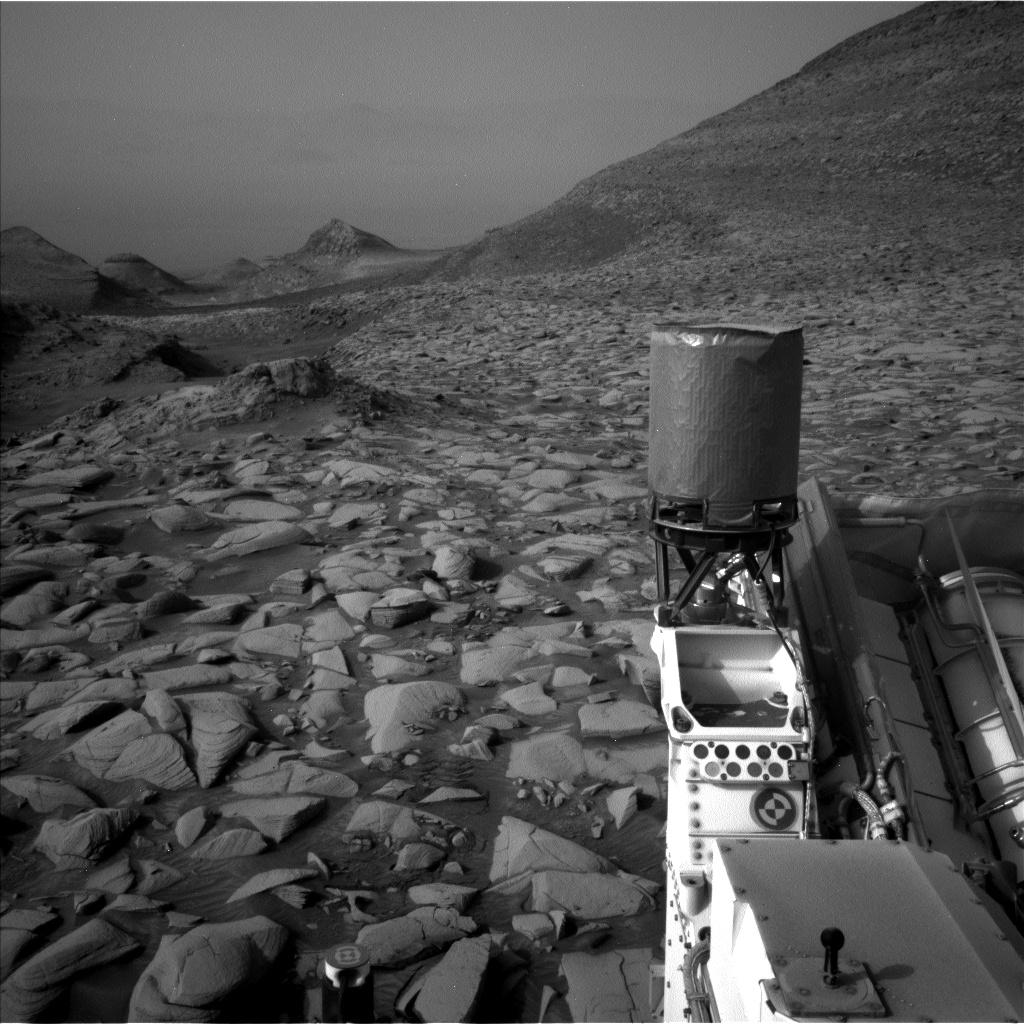
Sols 4146-4147: Looking back at Hinman Col
Earth planning day: Wednesday, April 3, 2024 Today we planned a Touch and Go plan. Our workspace had abundant large, stable blocks – not always a given! – which made for a relatively easy planning process for the geology and…
